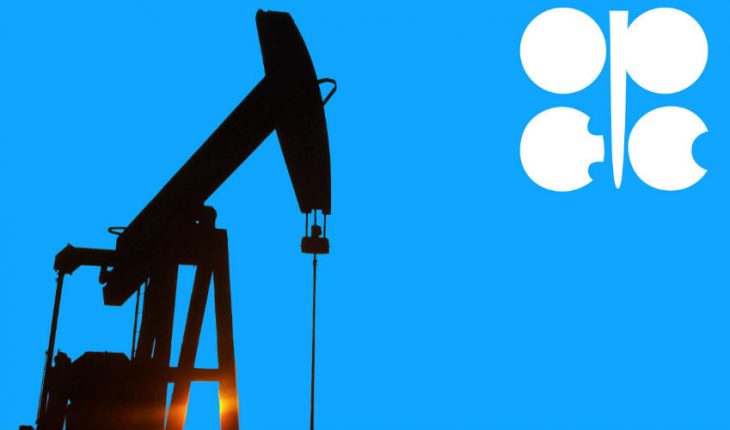The Indo-Chinese Challenge for OPEC
The Organization of the Petroleum Exporting Countries or OPEC has always been the trendsetter as far as global crude oil rates are concerned. The world can’t expect to survive without petroleum, and this group of nations has always ensured that they use it to their advantage.
Basic economics
However, balance in demand and supply of products is essential to keep a system in its optimum state. A decrease in demand should inevitably lead to a reduction in its prices. So, India and China, which together account for almost 18 percent of the total global crude oil imports annually are on the charge now.
Together we stand
A collaborative effort on the part of these two economies can be a significant step in reducing prices of crude oils. The fact is that OPEC can’t afford to lose two of their biggest buyers. India and China might not consider alternative oil exporters from outside OPEC, but they must attempt to increase their say in the determination of prices. However, there are many other variables and dynamics to consider because of the inconsistent Indo-China bilateral ties.
Read More About : A Journey With Cecilla Qvist
Learning from history
Recent efforts to synchronize the efforts of relevant government agencies of India and China are not unprecedented. Similar attempts were made in 2005, but a jointly planned effort to tackle OPEC was not accomplished. However, the situation at present is graver than ever before.
So, both countries understand the need for coordinated strategizing. It will be symbiotically beneficial. The fact that China has always aimed at maintenance of trade surplus means that the leaders of PRC will not shy away from joining hands with their Indian counterparts.
It must be noted that Asian Countries have to spend substantially more than Western nations when they purchase crude oil. This unfairness can be removed only when these two mega importers reach an understanding.






